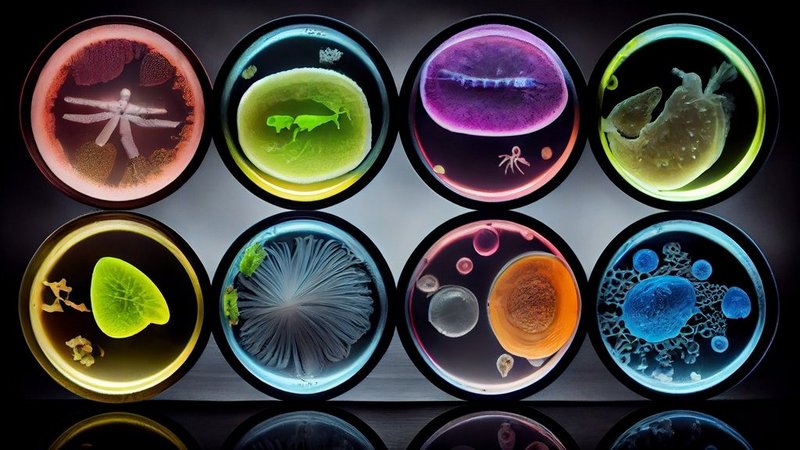
The science communication landscape in Austria is characterised by a high diversity of different stakeholders and structural fragmentation. Today, universities, universities of applied sciences, museums, non-university organisations, national parks, associations, NGOs and many other institutions and individuals are involved in communicating science to different age and population groups.
Many of those involved in science communication in Austria exchange ideas on this topic in networks. The ScienceCenter-Netzwerk association, for example, is very active in this area and sees itself as a centre of excellence for interactive science communication in Austria.
Institutions and projects receive financial support for the dissemination of science through special calls from funding agencies, among other things. For many years, the Austrian Science Fund FWF has advertised the Science Communication Programme and the Vienna Business Agency also supports communication projects from the research and development sector with its R&D Communication Programme. In addition, science communication is a prerequisite in many research funding programmes or must be part of the research project.
History of science communication in Austria
Efforts to popularise science date back to the 19th century. A brief overview based on a few milestones:
- So-called ‘popular education’ began in Vienna as early as the end of the 19th century. The popular university lectures organised by the Vienna People's Education Association were aimed at the general public and conveyed knowledge and art.
- 1889 Emperor Franz Joseph I opens the Natural History Museum Vienna.
- In 1918, the Vienna Museum of Technology opened its doors.
- After 1945, Austria came to a standstill until the 1960s and 1970s, when politics started to move. In 1971, the State Prize for Science Journalism is awarded and in the same year the Club of Education and Science Journalists is founded. (Starkbaum et al., 2022)
- From the 1980s onwards, the first public relations departments were established at universities. (ibid.)
- At the beginning of the 21st century, activities intensified: The first children's and youth universities were held from 2001, the ‘SciMedia’ science communication programme from 2002 to 2006 and the Long Night of Research from 2005. The Sparkling Science research funding programme was launched in 2007. In 2011, Young Science is established to strengthen cooperation between science and schools. In 2014, the Citizen Science Platform Österreich forscht was created and in 2015 the OeAD Centre for Citizen Science was founded.
- Since 2022, the BMBWF has been pursuing the departmental priority ‘Strengthening trust in science and democracy’, for which measures for science education are funded, such as the ‘Science Ambassadors’ initiative (researchers who visit schools and talk about their day-to-day research) or a database for science and democracy education programmes. With DNAustria, the BMBWF has been providing a dedicated platform for all events and activities relating to science and democracy since 2024.